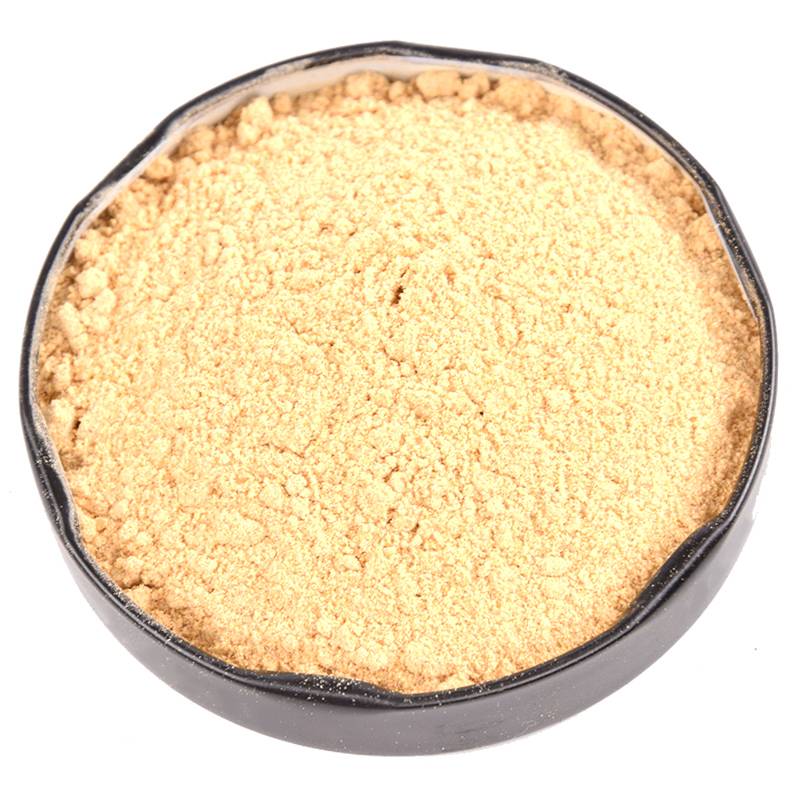co2から抽出したジンジャー精油の研究
生姜 is the fresh rhizome of the perennial herb Zingiber officinale Roscoe (family Zingiberaceae), which is widely cultivated in central, southeastern, and southwestern China. As one of China'の伝統的な調味料は、生姜は、香りを高め、生臭さを除去し、食品の風味を豊かにするために、そのユニークな香りと辛味のために調理に使用されています。また、伝統的な中国医学の歴史にも名を残しており、歴代の婦人科、内科、整形外科の病気の血液循環を活性化し、止血を除去するための多くの処方に使用されてきました。現代の薬理学的研究と臨床試験は、ショウガとその有効成分は、トリグリセリドとコレステロールを下げ、体脂肪の合成を減らすことができることを証明しました;また、血小板凝集を阻害し、抗凝固作用を発揮し、血栓症を予防し、アテローム性動脈硬化症の形成と発達を防ぐことができます[1]。Ginger'の独特な香りと食品・医薬品としての薬効は、食品、医薬品、化粧品などの産業用途においてますます重要な役割を果たしています。
現在報告ジンジャー抽出主に香味物質(ショウガ精油、ショウガ樹脂)、ショウガ食物繊維、ショウガ多糖類、ショウガプロテアーゼなど。本稿では、生姜エキスの現在の研究状況を紹介し、生姜の総合利用と経済的付加価値の向上のための理論的基礎を提供する。
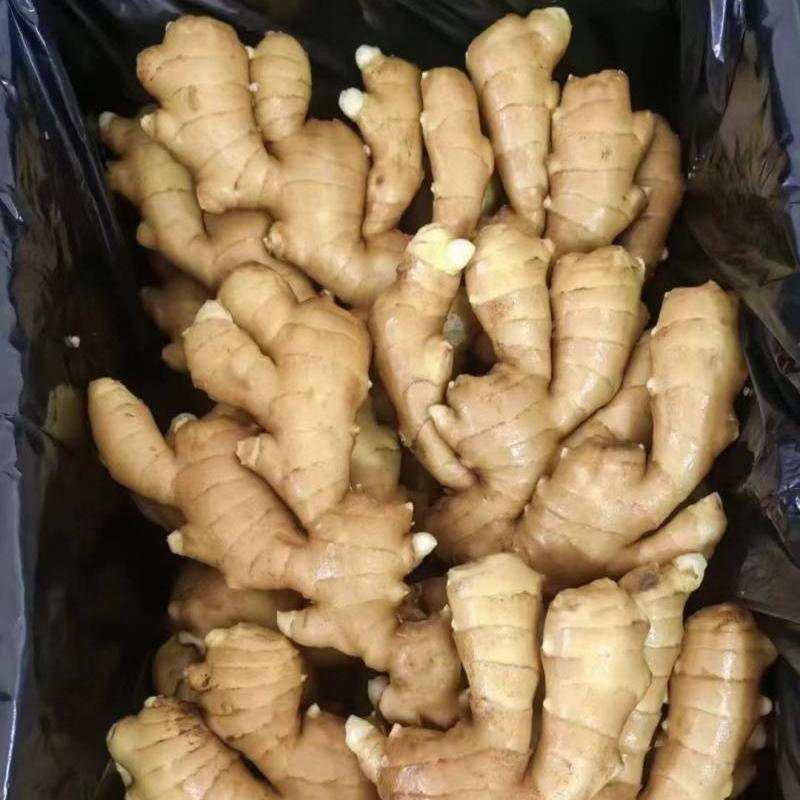
1味物質
1.1ジンジャー精油の抽出
Ginger essential oil and ginger oleoresin are currently the main flavor extracts studied at home and abroad, and they contain the main active substances in ginger. Ginger essential oil is a general term for a class of ginger that contains almost no high-boiling volatile substances. It is a yellow, transparent, oily liquid with a strong, characteristic, aromatic ginger smell, and it is the basic source of the aroma and flavor of ginger. The traditional extraction method has always been based on steam distillation, which is easy to operate and requires low investment. However, the disadvantages are long distillation times and low oil yields. Liu Jiangwei et al. [2] determined that the factors affecting the ginger essential oil extraction process are the distillation time, ginger powder soaking time, ginger powder drying temperature, and liquid-to-material ratio, and orthogonal optimization was used to obtain the optimal process conditions, with a ginger essential oil yield of 1.6%. Other technical aids can improve the efficiency of ginger essential oil extraction. Liu Hongxia et al. [3] optimized the conditions for extracting ginger essential oil by distillation, and the essential oil extraction rate could reach 1.44%. After that, microwave-assisted water distillation was used to extract ginger essential oil, which improved the extraction efficiency to a certain extent. Under the same extraction rate, the extraction time was shortened by nearly 1 times.
抽出技術の発展に伴い、林利晶[4]らは超臨界co2技術を用いて高品質のジンジャー精油を得ており、抽出率は1.77%である。lei hongら[5]は、ショウガ精油の活性物質である6-gingerolを調査指標とし、応答面法を用いて超臨界co2抽出のプロセス条件を最適化した。最適なジンジャー精油抽出条件は、二酸化炭素流量25 l・h-1、ジンジャー粉末を80メッシュに選別し、無水エタノール92.46 ml、最適な6-ジンジャー収量3.21%であった。
抽出技術の発展に伴いextraction rate of ginger essential oil has basically stabilized at 2%, but the extraction efficiency has been greatly improved, which is of certain reference value for reducing production costs in industrial production.
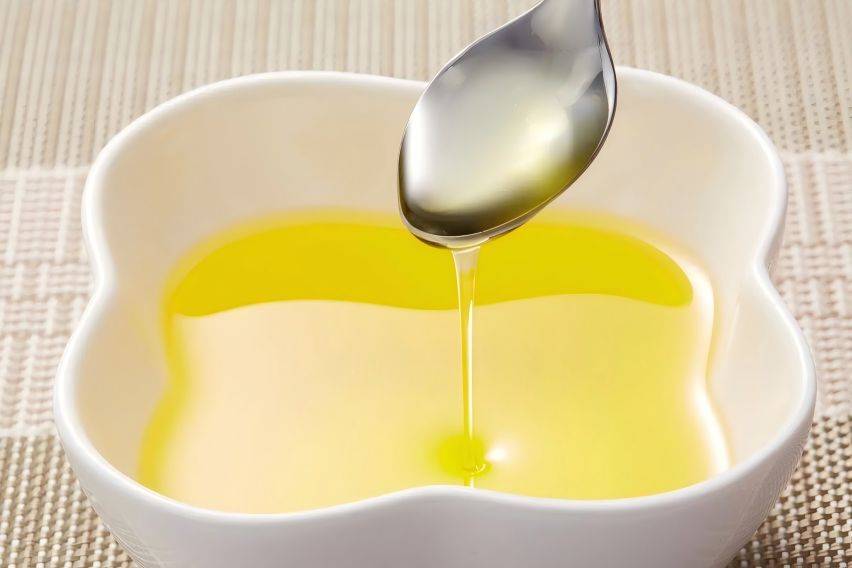
1.2生姜精油の組成の分析
抽出方法や由来によって得られるジンジャー精油の成分もある程度異なります。これは、工業生産のために一定の指導的意義を持ち、さまざまなジンジャー精油製品の具体的な効果は、抽出方法と起源を考慮する必要があります。
Pei Yaping [6] used gas chromatography-mass spectrometry (GC-MS) to compare and analyze the volatile components of Shandong rhubarb ginger essential oil extracted by supercritical CO2 extraction (SFE) and water steam distillation (SD). supercritical CO2 extraction of rhubarb ginger essential oil detected 126 volatile components; while water vapor distillation extracted rhubarb ginger essential oil, 107 volatile components were detected. The two essential oils contain the same 80 ingredients, but in different proportions.
高梁江は、食用にも薬用にも使われる薬草で、揮発性油を多く含んでいます。主な産地は広東省徐文市。栽培面積を拡大するため、気候条件が似ている海南島を栽培地に選定した。zhai hongliら[7]は、2つの成長塩基の揮発性油の組成の違いを研究した。のHainan-grown高揮発油「亮ちゃんは8.23%α-terpineol、間β-pineneやcampheneは10%以上に達する。αの-terpineolの揮発油としたコンテンツを有する1.67%だけで杨氏で生産されるgalangalは内容β-pinene 0.13%ポイントだけcampheneは内容自体τ-juniperolが高腾し、6.83%。
海南産ガランガルの揮発性油は、徐文産ガランガルと主成分が大きく異なり、薬や香辛料として使用するための参考資料となります。
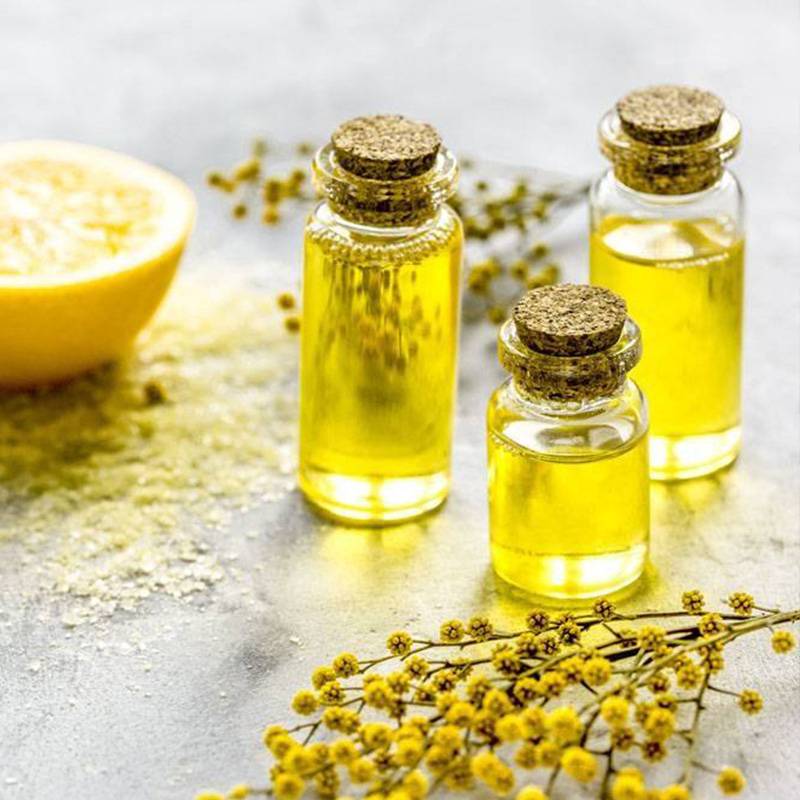
1.3生姜オレオレジンの抽出
生姜オレオレジンは、生姜精油には含まれていない不揮発性の脂肪成分を含み、生姜特有のスパイシーで苦みのある香りを保ちます。主にショウガの根茎から有機溶媒を用いて抽出され、暗褐色から暗褐色の比較的粘性のある液体が得られる。立ち上げた後、粒状の沈殿物があります。ジンゲロンはその中の主要な辛い化合物である。ジンゲロール、ショウガオール、ジンゲロンの生姜に関連するスパイシーな物質の総称である。従来のジンジャー樹脂の抽出法は、主にエタノール、アセトン、石油エーテルなどの有機溶媒を用いて抽出していました。抽出技術の発展に伴い、超臨界co2抽出や二重水相抽出などの新しい技術や方法が登場した。原料や抽出方法の起源が異なるため、ジンジャー樹脂の組成や含有量は大きく異なる場合があります。
周霊国[8]らが実験を行ったジンジャーオレオレジンの抽出二相溶媒システムを使用します。βを-cyclodextrinやβナトリウム-炭酸水素塩またはテーブルに関連して-cyclodextrinショウガ汁と水を混ぜてよく晴れ渡った2相溶剤システムた段階形成することができる。ショウガ樹脂の目的成分であるショウガオールは低相に分布し、抽出率は70%以上に達することがあります。
エタノール抽出には抽出温度60°c、抽出時間5時間、質量比1:10、粒子径40メッシュ、真空度-0.07 mpaが最適条件である。エタノールを用いて温度を変えて抽出したジンジャー樹脂の化学組成はほぼ同じである。抽出温度が上昇すると、ジンジャーオレオレジンにはより多くの化学成分が検出される[9]。
Based on traditional organic solvent extraction, the use of ultrasonic-assisted ethanol extraction can significantly improve the extraction rate of ginger oleoresin, which can reach 5.29% [10]. Some experiments have also pretreated ginger powder with enzymes to make the physiologically active substances in ginger oleoresin more easily released. Supercritical CO2 technology can also be used for the extraction of ginger oleoresin [11]. Compared with the reflux method with ethanol, it was found that supercritical CO2 technology is significantly superior to ethanol extraction, but there are certain differences in the extracted components.
技術の研究開発と技術の統合により、ショウガ樹脂の抽出と変換に関するコア技術を成熟・統合し、効率的かつ標準化された技術仕様書を作成しました。laiwu生姜を原料として使用し、統合された抽出プロセスを経て、乾燥生姜の収率は20%に達することができ、生姜オレオ樹脂の抽出率は97%以上に達することができ、溶媒残渣は検出不可能なレベルに達することができます[12]。
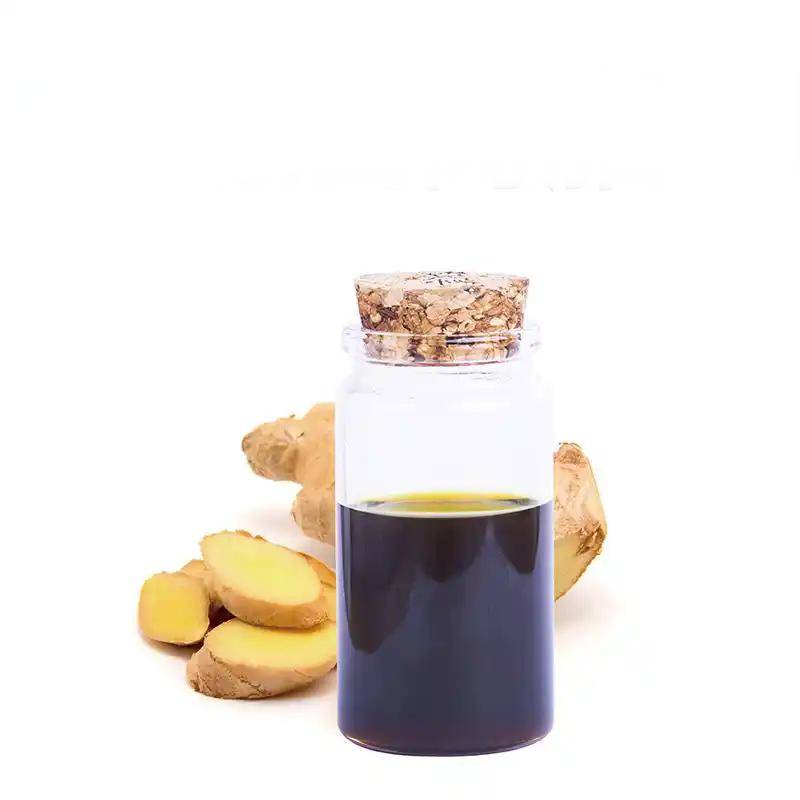
1.4生姜オレオレジンの組成の分析
フィンガープリントは、複雑な材料システム全体を研究するために近代的な分析技術の発展とともに生まれた技術です。このモデルは、さまざまな分光法、分光法、クロマトグラフィー法などの技術に基づいており、指紋特性分析と巨視的推論分析の特徴を持っています。
現在、ショウガ樹脂の成分分析は、質量分析分析の基礎を確立することに焦点を当てている。ジンジャー樹脂の組成は、ガスクロマトグラフィー-質量分析法と組み合わせた固相微抽出(spme)技術を使用して分析されます。生姜を指紋地図てoleoresinを设けている単純でを提供するもっと速くて有効な方法で品質評価に新しいアイデアを提供するジンジャーoleoresinの内在する質、酒質にする根拠などについては、制御および識別の原材料や、堅固な保障を提供するジンジャーoleoresinの品质基アプリケーション[13]。
2. ジンジャープロテアーゼ
Ginger protease is considered to be another member of the papain family, and has certain homology in structure and properties with plant proteases such as papain and bromelain. The main methods of extracting ginger protease are the organic solvent method, the salt method combined with an organic solvent, the tannin method, and the ultrafiltration method. The tannin method is not commonly used because the tannin is toxic. The precipitation method is mostly used to prepare ginger protease as an acetone powder by acetone precipitation, and this is used as the enzyme source for further separation and purification. Fresh ginger is cut into pieces, a phosphate buffer solution with a pH of 6.5 is added, the mixture is homogenized, the buffer solution is diluted, sodium chloride is added and stirred, the mixture is filtered, the residue is extracted with the buffer solution, the filtrate is collected, filtered through a microporous filter membrane, and then ultrafiltered [14].
3ジンジャー多糖类
Ginger polysaccharides mainly refer to the dietary fiber that can be extracted from ginger and polysaccharides with certain physiological functions.
3.1食物繊維の抽出
食物繊維は、人体に必要な7大栄養素の一つです。腸に吸収されず、消化されず、エネルギーを生成しませんが、人間の栄養の健康に密接に関連しています。食物繊維には大きく分けて可溶性食物繊維(sdf)と不溶性食物繊維(idf)があります。食物繊維を抽出する主な方法は、酵素、アルカリ、超音波補助、膜分離、発酵、せん断乳化補助酵素加水分解です。この酵素法は、操作が容易で、省エネルギーであり、環境にも優しい。宋議員【15位】らから水溶性繊維を抽出する方法タンパクプロダクトオブザ酵素、生姜過程で最適化され条件によって水溶性繊維ジンジャーを抽出する植物でプロテアーゼ6%台前半の植物プロテアーゼれた金額はし、タンパクプロダクトオブザ酵素の温度が55°C酵素時間まで5分hである。この時、だろうが俺水溶性繊維の蔵置率は13.24%はな…
3.2生姜多糖類の抽出
Studies have reported that the main extraction methods for ginger polysaccharides are hot water extraction, microwave-assisted extraction, ultrasound-assisted extraction, and synergistic extraction using multiple extraction techniques. Liao Dengwei et al. [16] determined the optimal process conditions for hot water extraction of ginger polysaccharides, with an extraction yield of (11.74±0.23)%.
王允ら滅ぼすものだ。〔17〕の使う複雑な酵素(cellulase、pectinase papainとα-amylase)を抽出するジンジャーだ決定された複素酵素の割合は1.5%、1.0%、2.0% cellulase 2.5%、pectinase、papainとα-amylase、それぞれ糖類の通信速度が抽出22に達することである。18%だった。wang yingら[18]は、マイクロ波によるショウガ多糖抽出法を研究し、抽出速度18.93%で応答曲面法を用いて最適なプロセス条件を最適化した。現在、国内では超音波を利用した生姜多糖類抽出の研究が比較的多い。夏樹林らは、ショウガ粉末を原料として、超音波を用いたショウガ多糖類抽出法を研究し、直交試験法を用いて最適な抽出工程を最適化し、抽出率は11.32%だった[19]。異なる抽出方法には一定の利点があります。実験最適化手法に基づく革新的な技術手法は、将来のショウガ多糖類工業生産の基盤を築くことができます。
4結論
Ginger'のユニークな風味効果、高い栄養価、潜在的な健康上の利点と無視されるべきではない薬効はそれ偉大な開発と利用価値と経済的な作物を作る。本稿では,ショウガの総合的な利用のための参考として,ショウガエキスに関する現在の研究状況をとりまとめた。
参照
【1】張川文、李雲倫。ショウガが血液循環を促進し、止血を解消する効果の分析[j]。長春大学漢方医学紀要,2020,36(1):58-61。
【2】劉江偉、葉飛。蒸気蒸留によるジンジャー精油の抽出法に関する研究[j]。2018年(平成30年)4月15日-移転。
[3] liu hongxia, ding rongliang, tong jinhao, et al。生姜精油抽出プロセスの最適化と成分比較分析[j]。^ a b c d e f g hi(2018)、101-104頁。
[4] lin lijing, huang xiaobing, liu mengjie, et al。超臨界水蒸気抽出法によってガランガルから抽出された精油とヒドロゾルの組成に関する研究[j]。journal of tropical zoology, 2019, 40(12): 2498-2504。
[5] lei hong, zhou renjie, wei qiaonian, et al。応答曲面法を用いた超臨界二酸化炭素抽出法によるジンジャー精油抽出法の最適化[j]。農業科学技術(英語版),2016,17(9):2178-2182。
[6]ペ邓亜萍です。sfe / sd-gc-ms山東大(黄)生姜精油の芳香成分分析[j]。食料研究開発機構,2020,41(3):188-195。
[7] zhai hongli, wang hui, zeng yanbo, et al。galangalの2つの異なる起源の揮発性油成分のgc-ms分析[j]。^『仙台市史』通史編2(仙台市史)2475-2478頁。
[8] zhou lingguo, xiao lin, zhu yiwei, et al。ショウガからの二相抽出法によるジンジャーオレオレジンの抽出に関する研究[j]。中国の調味料,2011,36(2):40-42。
[9] wang z b .ジンジャー油の抽出法およびプロセスパラメータに関する研究[d]。2012年、東京農業大学教授。
[10] xia s l, pan y l .生姜オレオレジンの超音波抽出および抗酸化特性に関する研究[j]。2013年農業科学江蘇、41(3):235-237。
[11] wang d b, zou z, chen w c, et al。研究抽出処理およびβ-cyclodextrin包容をジンジャーoleoresinの過程にか[J]。中国医薬ジャーナル2015,50(23):2064-2067。
[12] sun jing, zhang xiuyun, fang tao, et al。ショウガ樹脂抽出のための新規プロセスに関する統合的研究[j]。中国の調味料,2019,44(4):172-176。
【13】劉娜、ハオ・ハクザイ。由来の異なるショウガ樹脂の香り成分と指紋に関する研究[j]。江蘇調味料と非主食,2015(4):4-10。
[14] fan jinbo, hou yu, huang xunwen, et al。ジンジャープロテアーゼの単離・精製・酵素特性[j]。食品・発酵産業,2014,40(5):65-69。
[15] song rongzhen, wei siqing, sun jingwen, et al。ショウガからの可溶性食物繊維の酵素抽出過程における植物プロテアーゼ状態の解明[j]。^ a b c d e f g hi(2017)、22 -22頁。
[16] liao dengwei, huang dechun, cheng shujie, et al。ショウガ多糖類の抽出法および抽出過程の最適化と分析[j]。食品机械、2018年、34(9):152-156。
[17] wang yun, wei xuelian, li shoupeng, et al。ショウガ多糖類の酵素抽出技術[j]。2017年(平成29年)3月15日:45-49。
[18] wang ying, zeng xia, zhou tian, et al。ショウガ多糖類のマイクロ波抽出プロセス最適化のための応答表面法[j]。2015年食品研究開発、36(13):58-61。
【19】夏樹林呉青松生姜多糖類の抽出とその抗疲労効果[j]。江蘇農科、2014年、42(4):240-242人である。


 英語
英語 フランス
フランス スペイン
スペイン ロシア
ロシア 韓国
韓国 日本
日本